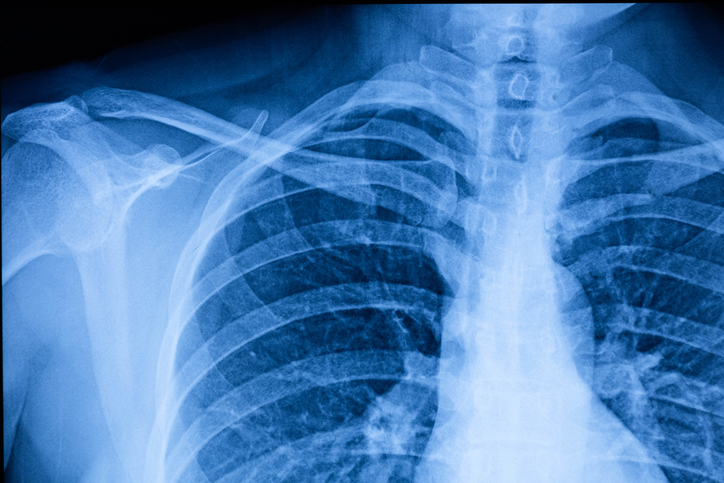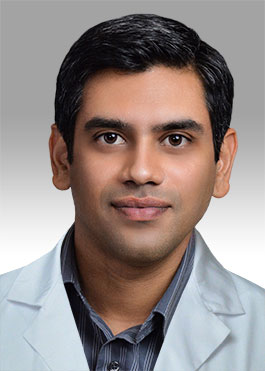
In this article, I want to talk about lung nodules and why early detection through screening can save lives. Lung nodules are small masses in the lungs, often precursors to lung cancer. Although most lung nodules are benign, certain types can be precancerous, leading to lung cancer over time. Since these small nodules typically don't cause symptoms, people often don’t know they're there. This is why screening is so important — it gives us a chance to catch these nodules early before they have a chance to grow and spread.
Lung cancer: A leading cause of death
Lung cancer is among the deadliest cancers. In 2024 alone, approximately 235,000 new cases have already been diagnosed in the United States, and it affects men and women almost equally. Tragically, half of those diagnosed will not survive. For women, only lung cancer causes more deaths than breast cancer. It’s this high mortality rate that makes early detection essential.
The importance of lung cancer screening
The National Lung Screening Trial, a major study involving over 50,000 people, demonstrated that low-dose CT scans for people at higher risk of lung cancer can reduce lung cancer deaths by 20%. This trial focused on adults aged 50-80 with a history of heavy smoking, either current smokers or those who quit within the last 15 years. These findings underscore the impact of screening: detecting lung nodules early improves survival rates, as treating cancer at a smaller stage is more effective.
Screening guidelines suggest yearly low-dose CT scans for people with a "20-pack-year" smoking history. To calculate pack-years, multiply the number of packs smoked per day by the years smoked. For instance, smoking one pack daily for 20 years equals 20 pack-years. This yearly screening recommendation is similar to mammograms for breast cancer — both aim to catch cancer early and prevent progression.
What about radiation exposure?
A common concern with CT scans is radiation. However, the low-dose CT scan used for screening emits much less radiation than a regular CT scan — around 1.4 millisieverts compared to a typical 7 millisieverts. This amount is only slightly higher than the radiation from a mammogram and comparable to the natural background radiation we’re exposed to annually in the U.S., which ranges from 3 to 5 millisieverts.
A lung nodule is found, now what?
Every lung nodule is different. If one is detected, what happens next depends on several factors, including its size, shape and location. Small, smooth nodules are generally less concerning than large, irregular ones. We may order additional tests, like a PET scan, MRI or even a biopsy, to determine if the nodule is benign or cancerous. The urgency of these steps is vital, as even a few weeks of delay can allow the nodule to grow or spread.
When nodules are caught and treated at the earliest stage, survival rates are high. For example, treating a stage 1A1 lung cancer has a five-year survival rate of 92%. But if that nodule progresses to stage 1B, survival drops to around 68%. This difference in survival is often due to how quickly the nodule is found and treated.
Our approach to timely diagnosis and treatment
To help with fast diagnosis and treatment, Northside has developed specialized Lung Nodule Clinics, where a multidisciplinary team works together to streamline care. Instead of scheduling multiple appointments with different specialists, patients visit one clinic where pulmonologists, surgeons, oncologists and radiologists consult on the same day. This approach not only saves time but ensures that patients receive prompt, coordinated care.
Our goal is to evaluate patients within seven days of referral, confirm diagnosis within another week and begin treatment within four weeks. By minimizing delays, we aim to improve survival and provide each patient the best chance for recovery.
Why quick action matters
Time is crucial when dealing with lung nodules that could be cancerous. Studies have shown that each week’s delay in treatment increases the risk of the cancer advancing to a higher stage. By acting quickly, we maximize the chances for a successful outcome.
Lung nodules don’t usually cause symptoms, so early screening can be life-saving. If you’re in the recommended age group and have a history of smoking, consider talking to your doctor about low-dose CT screening.
Learn more about Northside Hospital Cancer Institute Lung Nodule Clinics.

